|
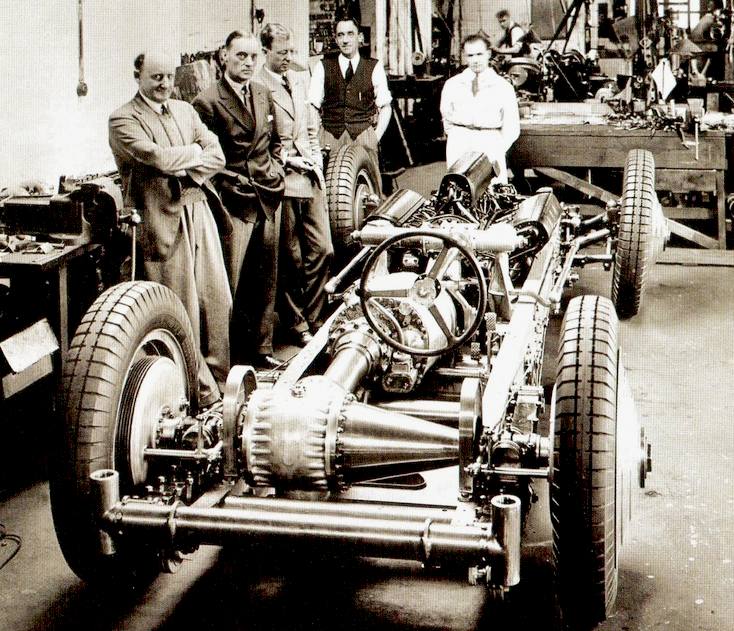
Malcolm Campbell
(second left looking
worried) inspects progress with his latest Blue Bird
design to
feature the Napier Lion aircraft engine.
The Campbell-Napier-Railton Blue Bird was a land speed record car
commissioned by Malcolm Campbell after
Segrave's Golden Arrow proved it's
mettle and outperformed previous Blue Birds.
Clearly Captain Campbell needed a more powerful engine to make his next
Blue
Bird competitive, with a chassis and transmission to handle it. A supercharged Napier
Lion VIID was used, with over three times the power of the previous Blue Bird and a large premium over the Golden Arrow's unsupercharged 900 hp (670 kW)
Lion VIIA. This was the first use of supercharging for
Land Speed Record cars.
Golden Arrow's innovative vertical aerodynamic stabilising fin was also used almost
unchanged in shape, another first for Campbell, and who could resist
such a telltale sign of speed - even if just for the showmanship.
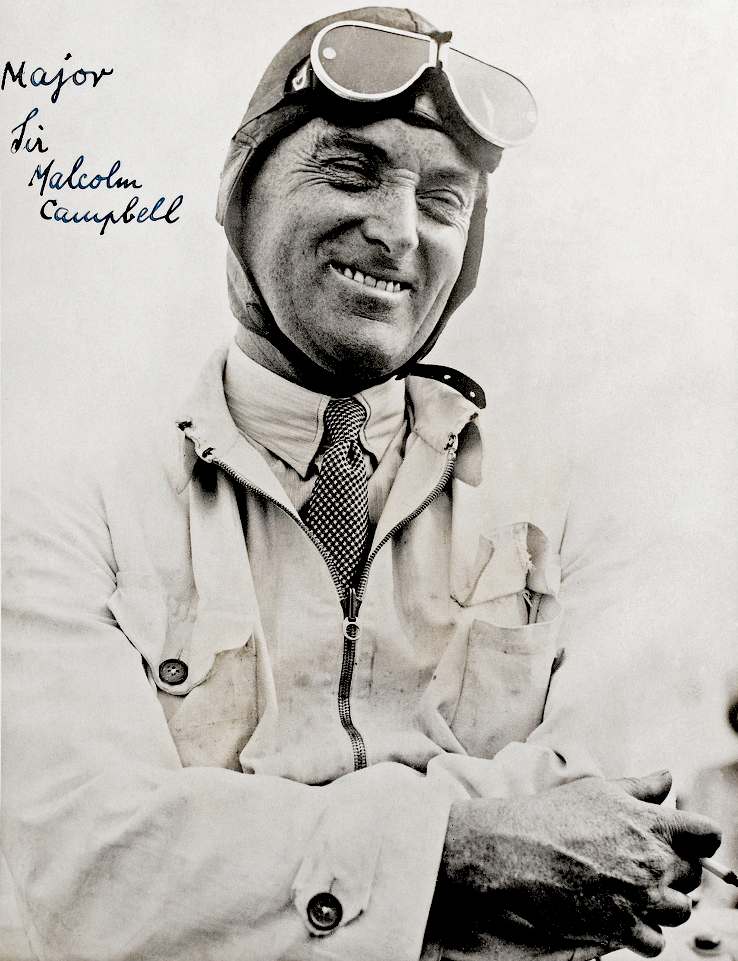
Unfortunately for LSR breaking Segrave was killed in an attempt on the water speed record whilst Campbell was
away scouting for new record courses in
South
Africa. On his return he set off for Daytona with the new Blue Bird, concerned at American challenges to the record. Segrave had, after all, at least been British. On 5 February 1931 he pushed the record to 246 mph (396 km/h), to great popular acclaim. On his return he learned he was to be knighted as Sir Malcolm Campbell. A year later he returned and pushed through to 251 mph (404 km/h). This record stood for another year, until he himself broke it with his next car, the next
Rolls-Royce-engined 1933 Blue Bird.
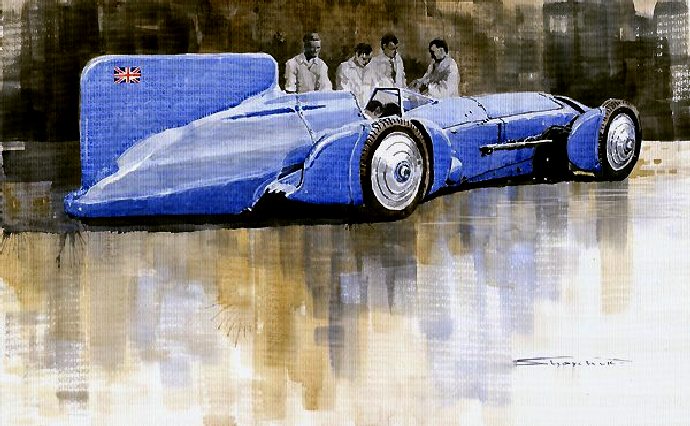
Watercolour on paper
45 x 70 cm - Shevchukart
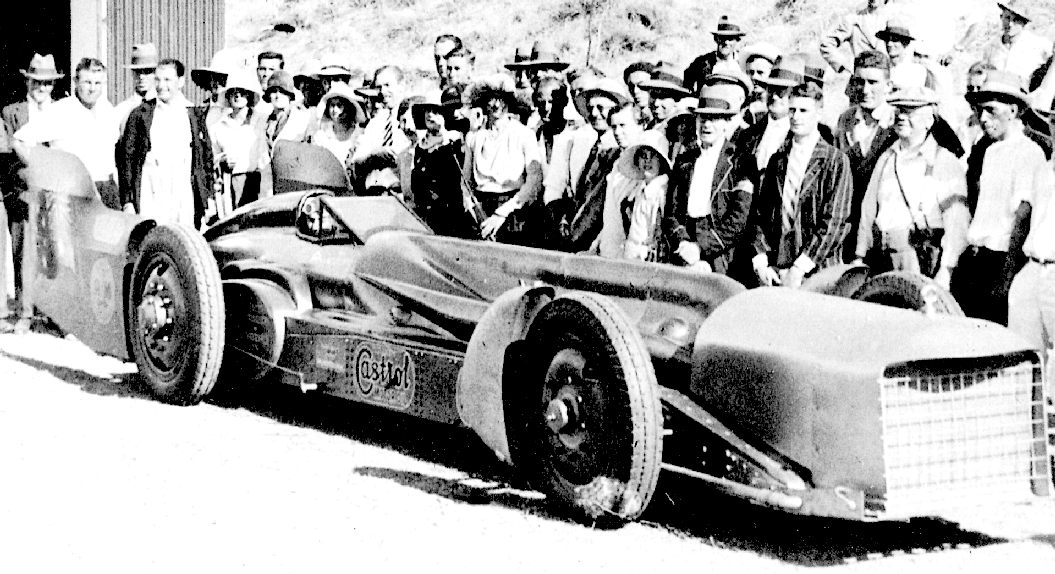
At
first glance you might be forgiven for thinking that the car above is the
Napier Lion engined Blue Bird. Look carefully and you'll notice that there
is a Napier Lion engine under the bonnet, but there are twin tails
(seeking to advantage of wheel spat drag and do away with the central
after-cockpit fin) and the
bonnet is scalloped to fit around the engine, which is not the case in the
Blue Bird. The wheel spats are similar in design, but the wedge front end
onto which a radiator module has been added, is Golden
Arrow. Blue Bird used a virtually identical mechanical layout.
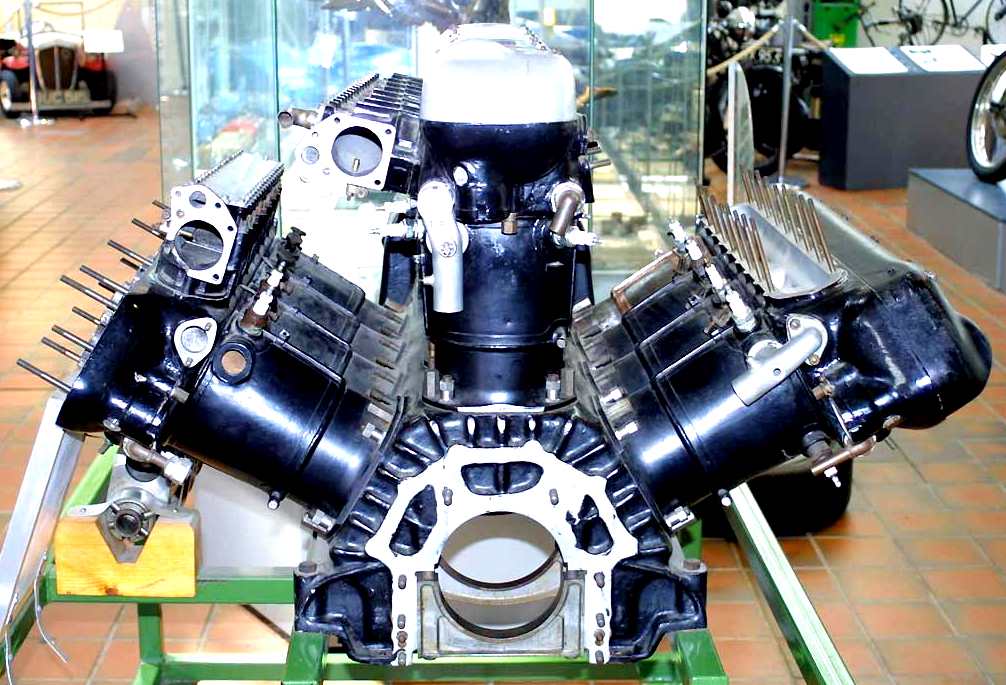
A
Napier Lion W12 aero
engine
|
Country of Manufacture
|
Great Britain
|
|
Engine
|
|
|
Manufacturer
|
Napier sprint Lion VII Schneider Cup aircraft engine
|
|
Cylinders
|
12 - 3 banks of 4
|
|
Bore
|
139.7mm
|
|
Stroke
|
130.17mm
|
|
Cubic Capacity
|
23,942cc
|
|
Compression ratio
|
|
|
Valves
|
|
|
Carburettor
|
Claudel-Hobson 3 no.
|
|
Max. Power
|
1,350 - 1,450 bhp at 3,600 rpm Centrifugal supercharger
|
|
Engine Mounting
|
sub-frame
|
|
Transmission
|
|
|
Clutch
|
multiplate Ferodo lined
|
|
Gearbox
|
KLG 3 speed constant mesh
|
|
Ratios
|
4.01, 2.27, 1.58
|
|
Back axle
|
offset 7in to enable lower driving seat
|
|
Type of drive
|
bevel gear final drive 1.58 to 1
|
|
Chassis
|
Vickers - steel underslung under the rear axle
|
|
Suspension
|
Woodhead - 1/2 elliptic springs front 3ft 1in rear 4ft 2 1/2in
|
|
Shock Absorbers
|
Hartford shock absorbers - 4 to each axle
|
|
Steering Gear
|
Marles - dual. Ackerman action
|
|
Brakes
|
Alford and Alder18in dia steel disc with Clayton-Dewandre
vacuum servo
|
|
Wheels
|
Dunlop steel
|
|
Tyres
|
Dunlop 35 x 6in front, 37 x 6in rear
|
|
Dimensions
|
|
|
Wheelbase
|
12ft 2in
|
|
Track front
|
5ft 4in.
|
|
Track rear
|
4ft 2in.
|
|
Length
|
25ft
|
|
Weight
|
71cwt
|
|
Fuel Tank Capacity
|
23 gallons
|
|
Radiator
|
Serck honeycomb
|
|
Bodywork
|
|
|
Manufacturer
|
Gurney Nutting and Co. Ltd
|
|
Material
|
aluminium
|
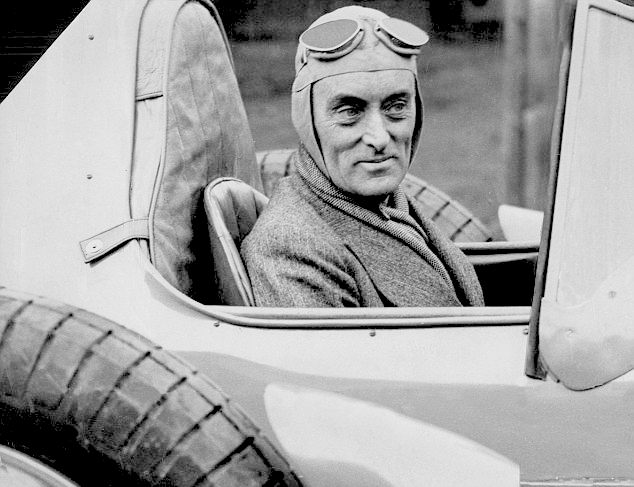
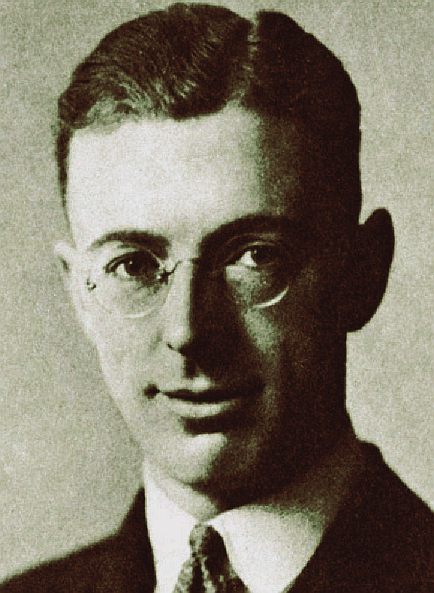
The
exquisite lines of the Blueplanet LSR were inspired
by Reid Railton and his
classic designs for the Napier Lion and Rolls Royce
engined Blue Bird LSR cars in the 1930s, the Blueplanet BE3
features instant battery recharging using the patent
Bluebird™ cartridge exchange system under license from BMS.
This LSR car is also solar assisted. She is designed for speeds in excess of
350mph using clean electricity
and could be run at Daytona
Beach, Pendine Sands and other historic venues, including Bonneville.
To hire the BE3 for your event, please contact BMS
and ask for Leslie or Terry. The project team need at least 3 months
notice of venues.

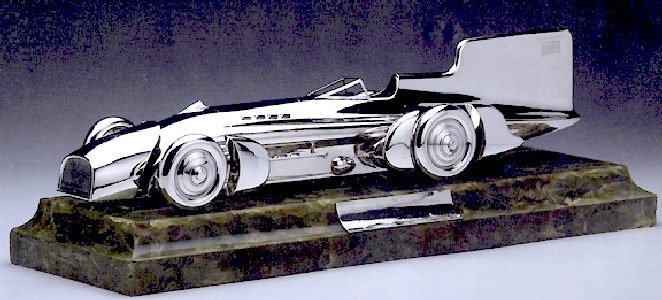
Trophy in silver: Railton Blue Bird Daytona February 1931
LINKS
Campbell-Napier-Railton_Blue_Bird http://en.wikipedia.org/wiki/Campbell-Napier-Railton_Blue_Bird
Railton_Special John_Cobb http://en.wikipedia.org/wiki/John_Cobb_%28motorist%29 http://en.wikipedia.org/wiki/Railton_Special Crusader_speedboat http://en.wikipedia.org/wiki/Crusader_%28speedboat%29
Daytona_Beach,_Florida http://en.wikipedia.org/wiki/Daytona_Beach,_Florida Daytona_Beach_Road_Course http://en.wikipedia.org/wiki/Daytona_Beach_Road_Course
History
of the Daytona Beach shore
Bill
France, Jr.'s account of races at the track
NASCAR
track stats
NASCAR
track statistics at racing-reference.info
Account
of the 1957 Daytona race from winner cottonowens.com
Lee
Bible’s tragic death
Speed
TV article on Daytona’s history
Profile
of Ormond Beach’s racing history
A
- Z OF WORLD FAMOUS RACING CIRCUITS
TAGS
|
Aintree
Autodromo
Hermanos Rodriguez
Autódromo
Internacional Nelson Piquet
Autódromo
José Carlos Pace
Bahrain
International
Barcelona-Catalunya,
Circuit de
Bathurst
Brands
Hatch
Bremgarten
Circuit
Brooklands
Donington
Park
Fuji
Speedway
Giles
Villeneuve
Goodwood
Hockenheimring
Imola
Indianapolis
Knockhill
Korea
International Circuit
|
Laguna
Seca
Le
Mans
Mallory
Park
Monaco
Monte
Carlo
Monza
Nurburgring
[Nordschleife] (Germany)
Oulton
Park
Rockingham
Santa
Pod Raceway
Sebring
International Raceway
Shanghai
International
Silverstone
Snetterton
Spa
Francorchamps
Suzuka
Circuit
Thruxton
Zandvoort,
Circuit Park
Zeltweg
|
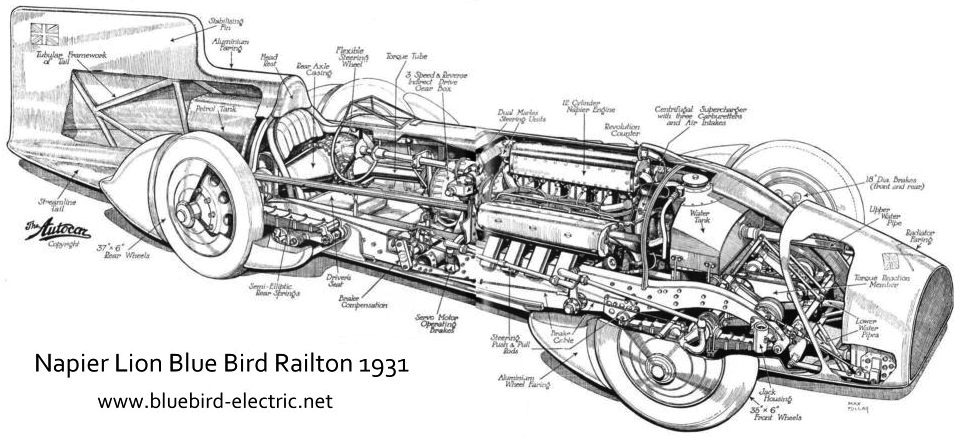
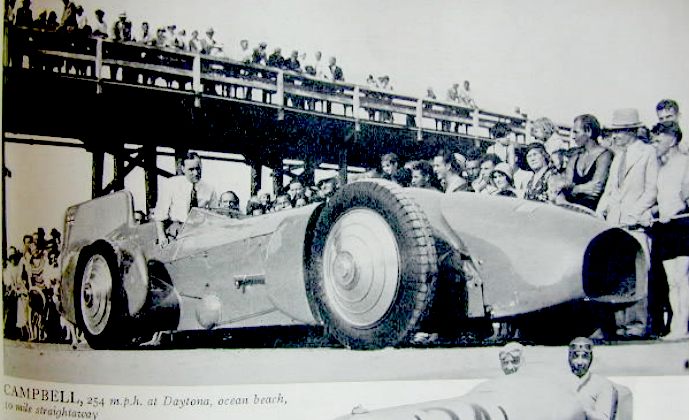
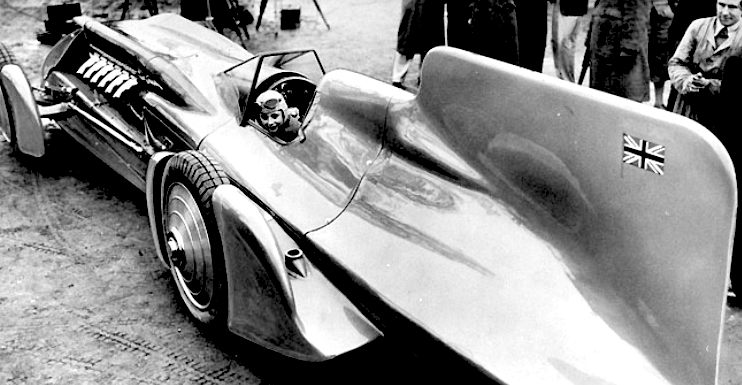
Young
Donald doing some unofficial training in the
Railton Blue Bird
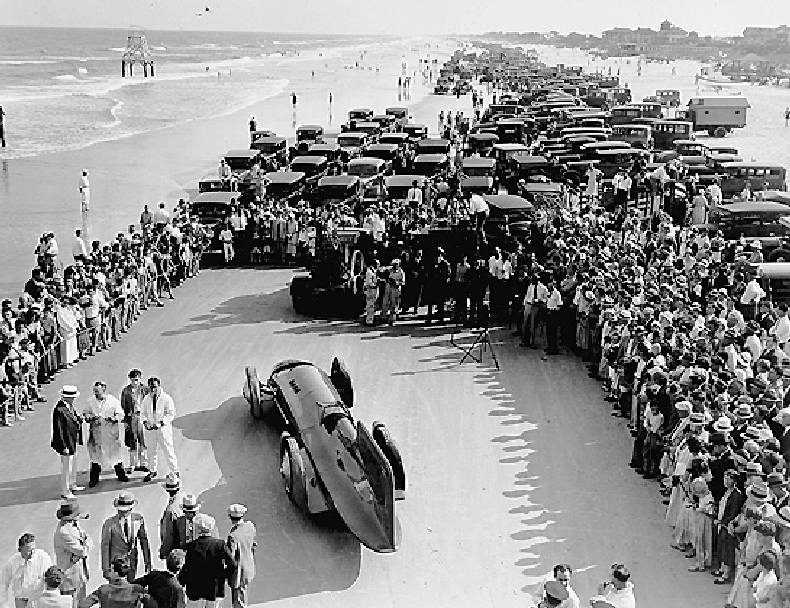
The
Reid Railton designed Blue Bird of Malcolm Campbell visits Daytona in
1931. This car features the Napier Lion aircraft engine.
SIR
MALCOLM CAMPBELL'S BLUE BIRDS
Sunbeam
Napier
Lion
Rolls
Royce
K3
K4
DONALD
CAMPBELL'S BLUEBIRDS
K7
CN7
CNM8
|











